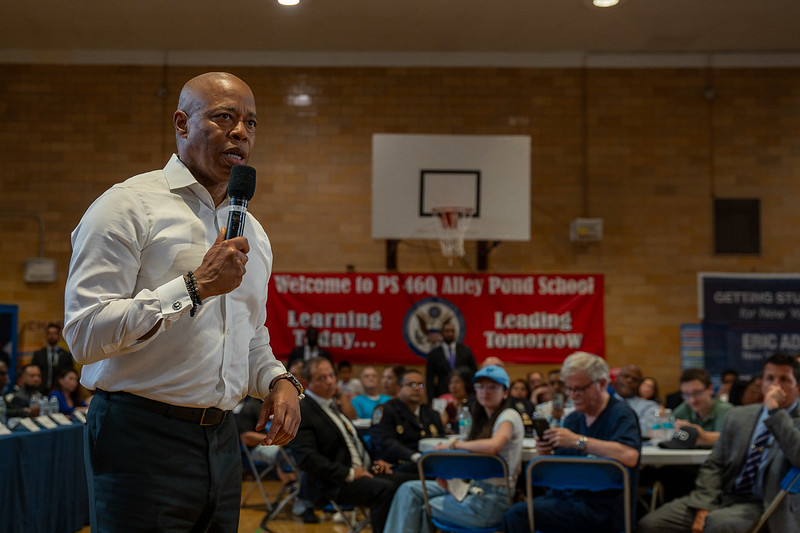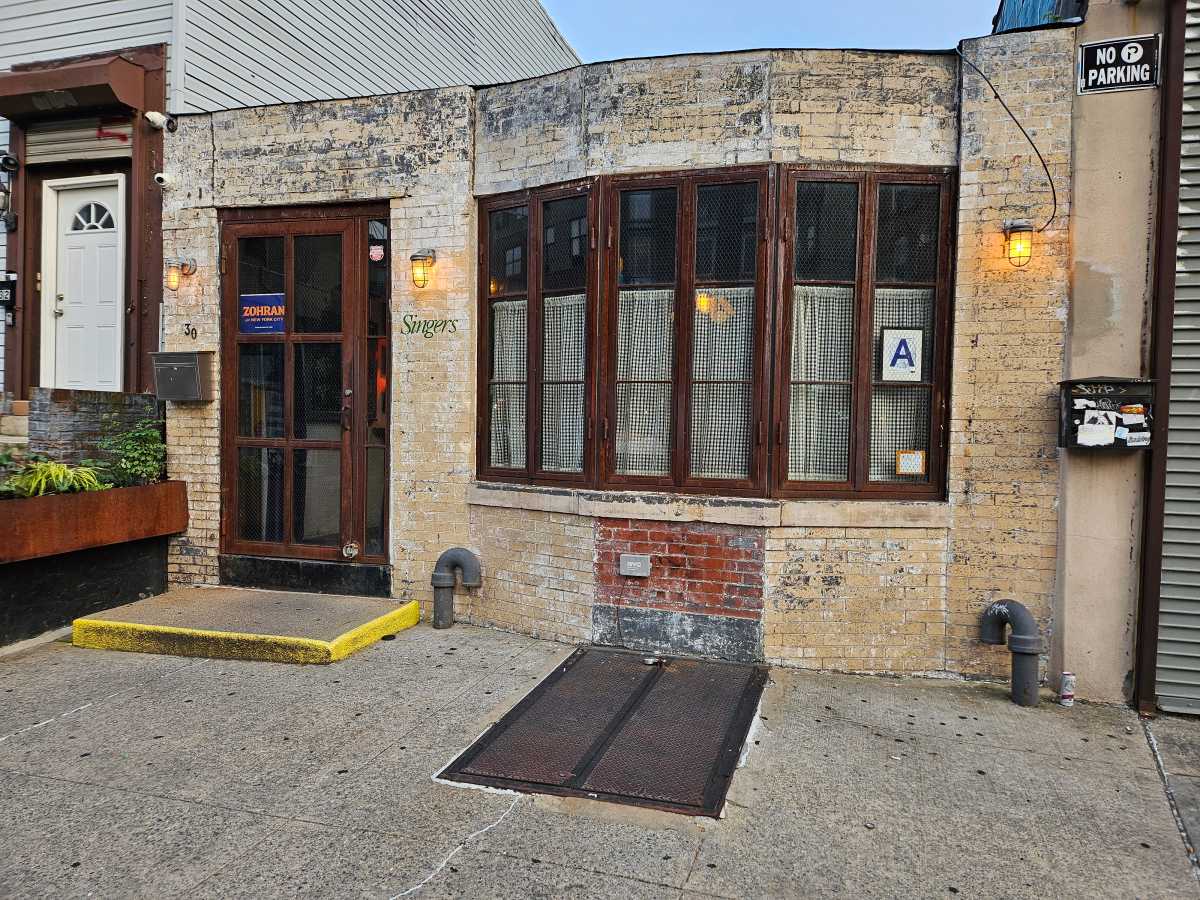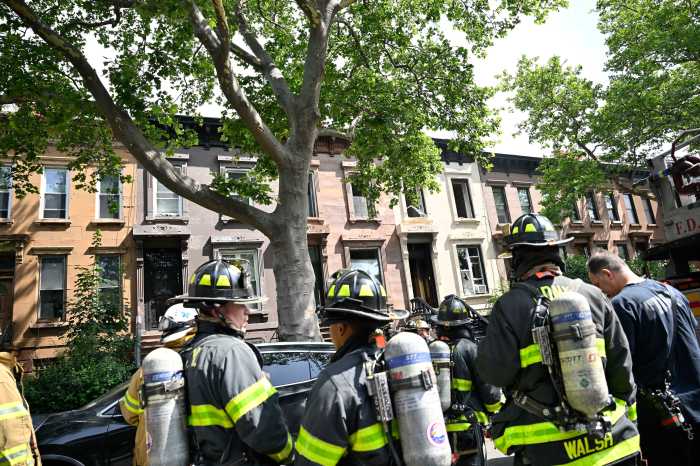
BY JOAQUIN COTLER | Residents of 90 Elizabeth St. and 22 Spring St. didn’t just win in court — they did it loudly and publicly. What began as tenant harassment and substandard living conditions culminated this winter in mandatory restorations and a cash payout of $205,000.
Public demonstrations throughout New York City have placed a white-hot spotlight on the longstanding issues of tenant harassment and illegal construction. By holding press conferences, staging protests and marching in solidarity, Downtown Manhattan residents and tenant associations have been able to protect themselves against predatory landlords — and have begun to see a trend of success while publicly fighting back.
The 90 Elizabeth St. Tenant Association has been working with CAAAV (Committee Against Anti-Asian Violence) Organizing Asian Communities, Chinatown Tenants Union, Cooper Square Committee and AAFE (Asian Americans for Equality) since 2013. By helping tenants organize and mobilize, providing access to legal representation, and offering multilingual social services, these organizations, along with Manhattan Legal Services, Legal Services NYC and the Community Development Project at the Urban Justice Center, have worked to empower some of New York’s most vulnerable residents, and increased the visibility of the chronic disputes in Chinatown about safe living conditions and affordable housing.
James Fong, the landlord at 90 Elizabeth, had been fending off multiple Department of Housing Preservation and Development violations and complaints from angry tenants for years, when he finally offered to meet tenants’ demands for safer living conditions — providing that they stopped organizing public protests. Recognizing the role their demonstrations had played in raising awareness, residents continued to rally for support from local advocacy groups, and drew the attention of Councilmember Margaret Chin and state Senator Daniel Squadron. They were then able to bring airtight cases against Fong in housing court.
A subsequent victory led to court-mandated renovations of tenants’ apartments to “make the apartments feel brand new,” according to David Tang, a community activist and lifelong resident of 90 Elizabeth. Tang’s neighbor Betty Eng, 43, has also lived at 90 Elizabeth her whole life. Eng, who is Cuban- and Chinese-American, said she endured living with a range of violations, including a disconnected toilet in her living room and no heat. Eng frequently had to translate for some of the building’s Spanish-speaking residents, allowing them to voice similar concerns to her absentee landlord. Yet, she and her neighbors lived in fear of eviction for years. After living for months in an open construction zone and receiving a series of bogus lawsuit notifications, Eng joined with other tenants in an effort to prevent Fong from forcing them out.
According to CAAAV, “The Tenant Harassment Prevention Task Force confirmed the dire living conditions that tenants were facing at 90 Elizabeth St. when they conducted a building-wide sweep in July 2015, resulting in a stop-work order and multiple H.P.D. violations.” Six months later, a court ruled that Fong had to immediately repair all building violations, stop harassing tenants and follow safe building procedures.
In the case of 22 Spring St., residents won a suspension of 15 months’ rent as a result of multiple egregious violations by their landlord. SMA Equities, run by real estate baron Sami Mahfar, had to pay out more than $200,000 in rent reimbursement to 22 Spring St. tenants, who had been living more than a year with clouds of hazardous, lead-laden construction dust in their apartments. After putting up with heat outages, gas cutoffs and no hot water, Kenny Mai, a longtime 22 Spring resident, had his electricity cut off in what he saw as a clear attempt to drive him out of the building.
“Sammy Mahfour called Con Ed and told them Apartment 11 was empty,” Mai said. “I’ve been living in that apartment for over 30 years. Get out, or stay in a barely livable building. This is the choice we’re faced with every day.”
Even though the conditions had been reported, inspectors consistently had trouble gaining access to the apartments. Mai said that the landlord also shut off all of the residents’ intercoms.
“He made it very difficult for inspectors to get in the building,” Mai said.
During months of rallies and protests, including a signature demonstration in which tenants wore Hazmat gear, tenants painted a clear picture of the harassment they have faced. Residents of Mahfar’s other buildings hope for successes similar to that of 90 Elizabeth and 22 Prince St., and plan to work closely with community advocacy groups and sympathetic politicians.

































